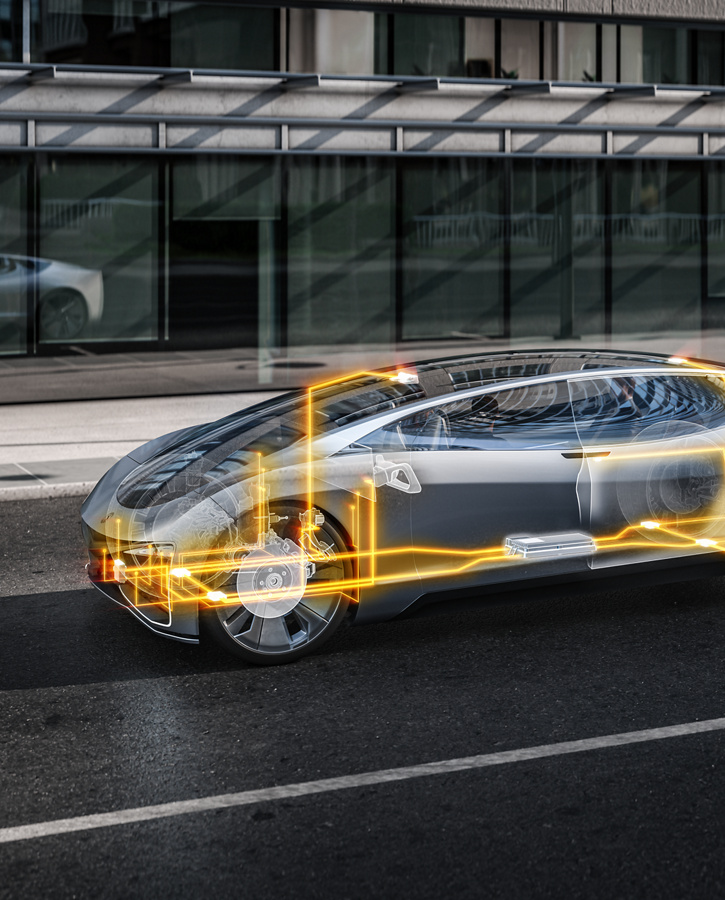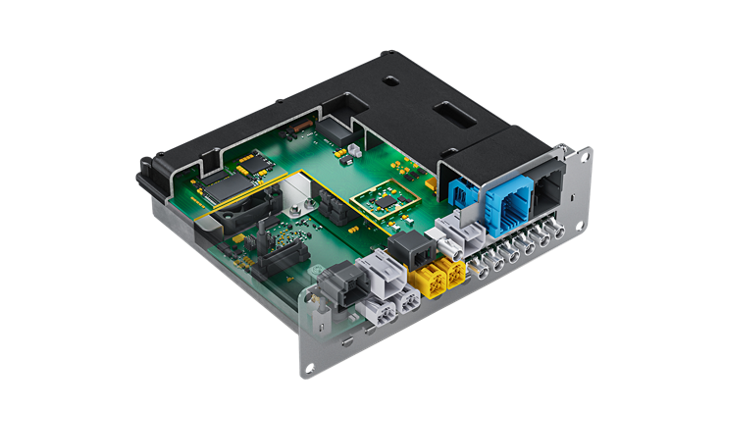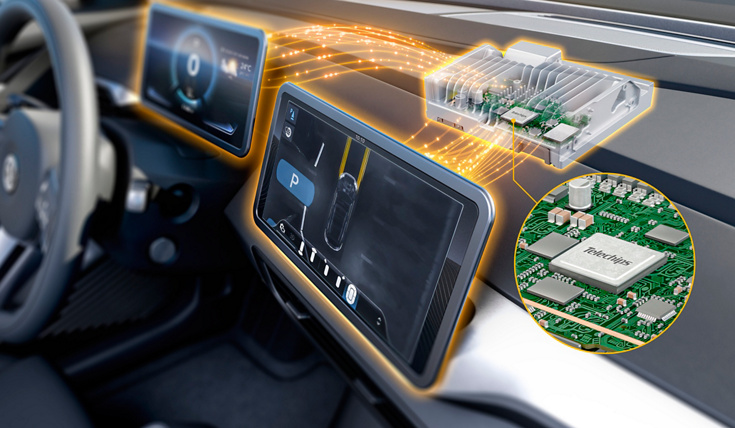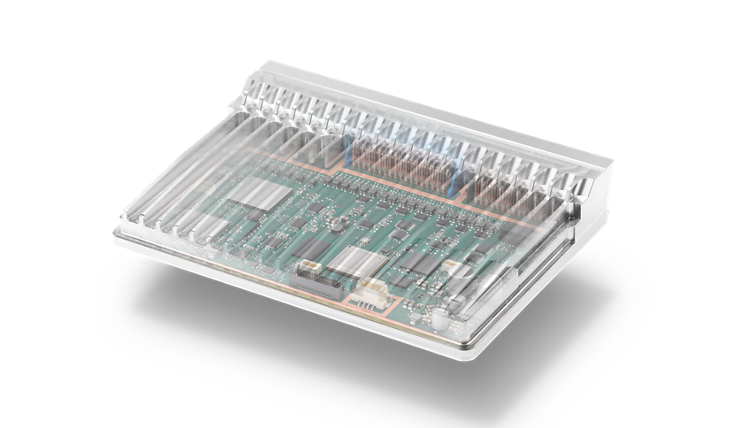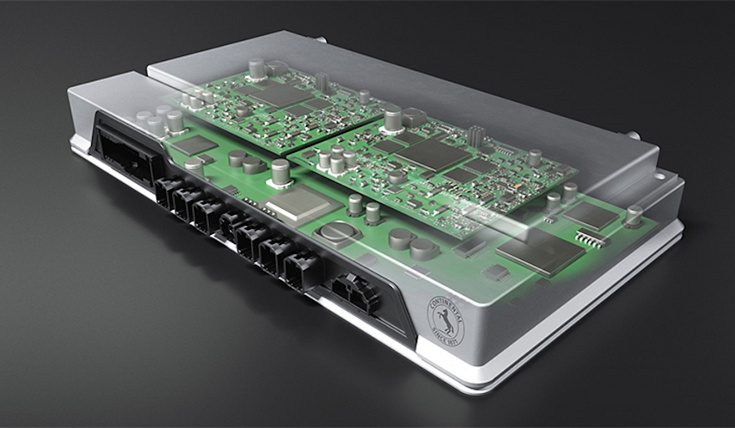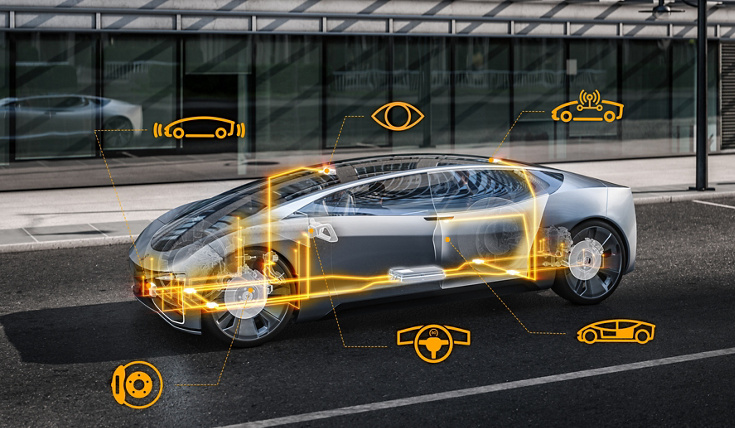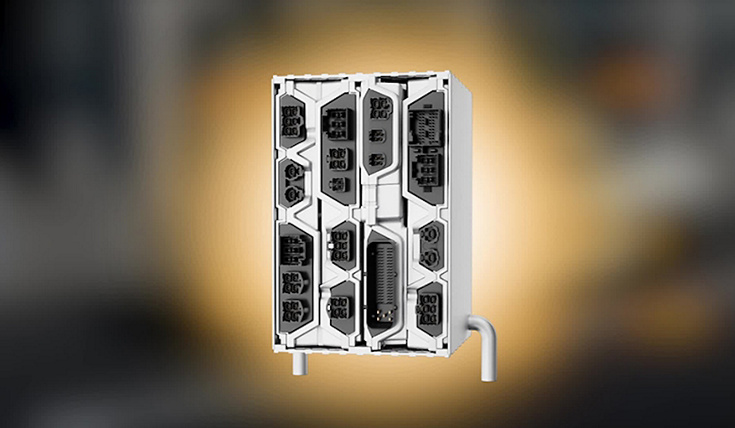Continental provides High-Performance Computer (HPC) solutions across all vehicle domains. Beside domain specific HPCs for cockpit, vehicle control or automated driving, Continental offers solutions which incorporates functions cross-domain. Our modular toolkit approach enables customized HPC solutions for all vehicle architectures - from entry to high-end level.
Do you want to know more?
*If the contact form does not load, please check the advanced cookie settings and activate the functional cookies for the purpose of contact management.
